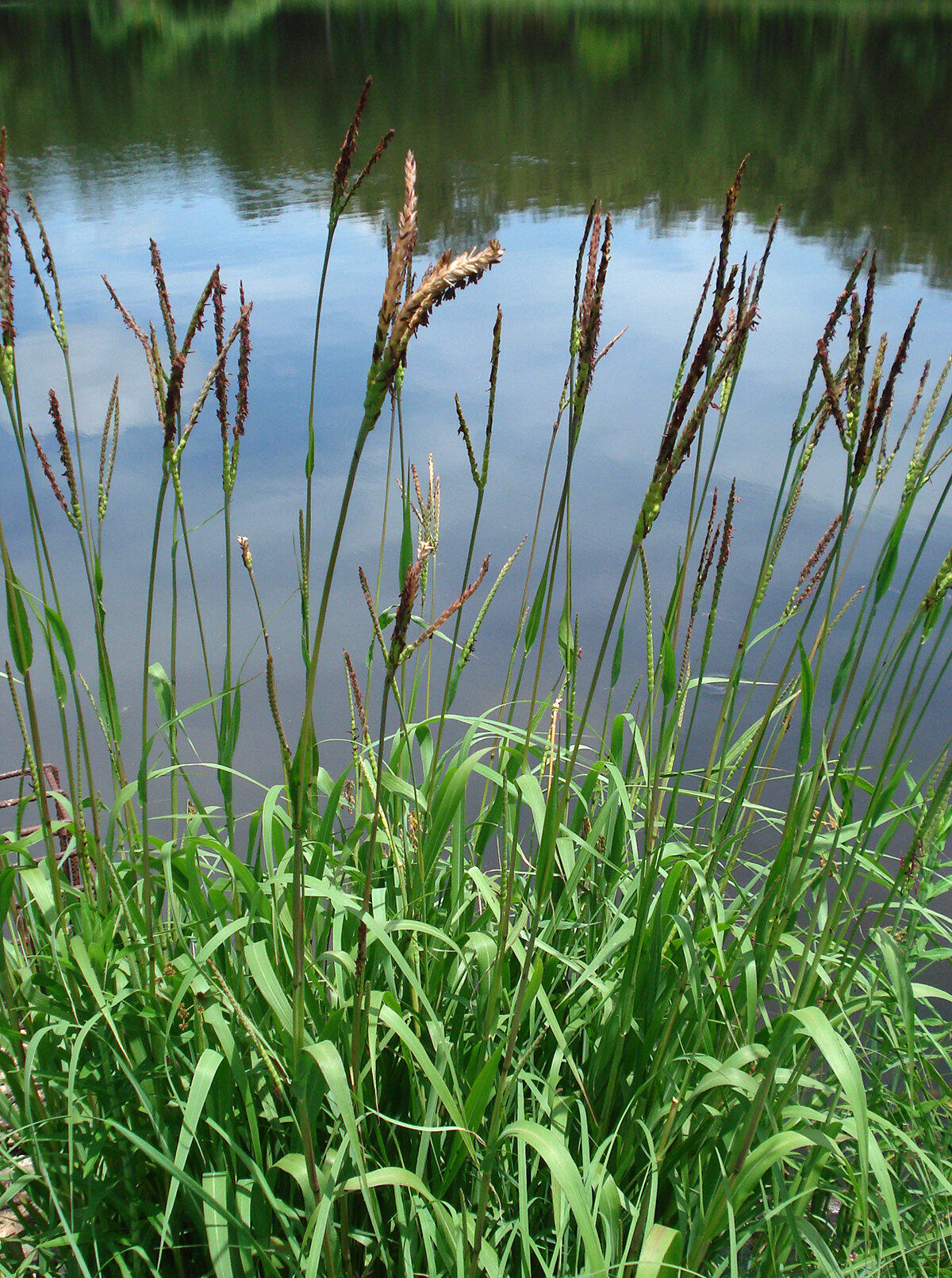At first glance, a prairie just looks like grass sprinkled with some flowers. However, if we take a closer look, we find a variety of grasses and forbs of different sizes, shapes and colors.
Let’s talk about the 3 main stages of a prairie!
Underground
Prairies have extensive root systems that are useful in preventing erosion, but they also allow these habitats to be great carbon sinks and purify water. When performing photosynthesis, grasses remove CO2 from the atmosphere and store it in their roots. This is beneficial for the planet, because excess CO2 exacerbates issues like climate change!
Ground-level
The main residents typically found on the ground-level of a prairie include different species of lichen and mushrooms. Lichen is very important, because it helps build soil! Some plants, like the Illinois Bundleflower, also aid in this process. Mushrooms help decompose decaying plants and insect matter as well, providing more nutrients back into the soil.
Above Ground
Healthy prairies are made up of a diverse group of plants, each offering a benefit of their own to mammals, insects and other organisms. Here are some examples of tall grasses that provide shelter and food for birds and other animals in the Blackland Prairie:
-
Eastern Gamagrass
-
Texas Cupgrass
-
Big Bluestem
-
Switchgrass
Mid height grasses are closer to the ground which make them the perfect plant for birds that like to forage at ground level like Sparrows and Towhees. Some also serve as host plants for moths and butterflies or food source for cottontail rabbits. Some examples include:
-
Side Oats Grama
-
Canada Wildrye
Shorter grasses, like Buffalo Grass, make up the understory of a tallgrass prairie and a great alternative for non-natural lawns! They are also a food source for white-tailed deer, which visit us at the Trinity River Audubon Center.
A prairie isn’t only made up of grasses though, they also include forbs that provide pollen and nectar to different species of bees, butterflies, wasps, and other pollinators. Here are some examples!
-
Mexican Hat
-
Lemon Beebalm
-
Tall goldenrod
-
American Basket flower
Each stage in a prairie provides valuable food sources such as fruits, leaves, flowers and seeds for a variety of wildlife!
Some of the plants I am adding to the Solarization plot include the Illinois Bundleflower, Patridge pea, Sideoats Grama, Little Bluestem and Eastern Gamagrass. Overall, my pocket prairie will consist of a variety of fobs and grasses, which is always key when creating a healthy ecosystem. Remember, more biodiversity increases the chance for an ecosystem to survive.
How you can help, right now
Volunteer With Us
Give back, use your skills, and learn more about the wild side of Dallas by volunteering with us.
Support Our Center
Conservation and outdoor education along the Great Trinity Forest and the Trinity River.









